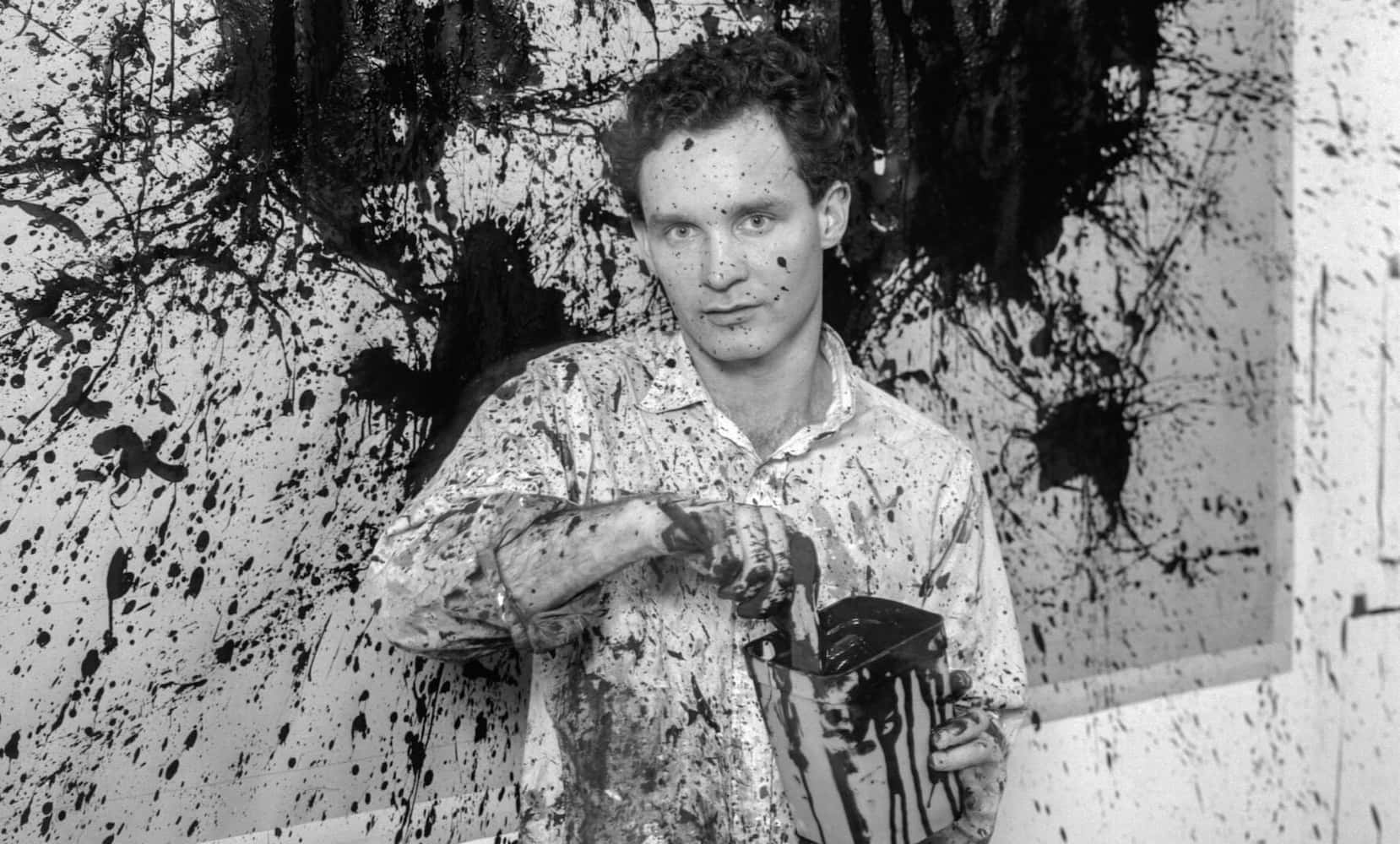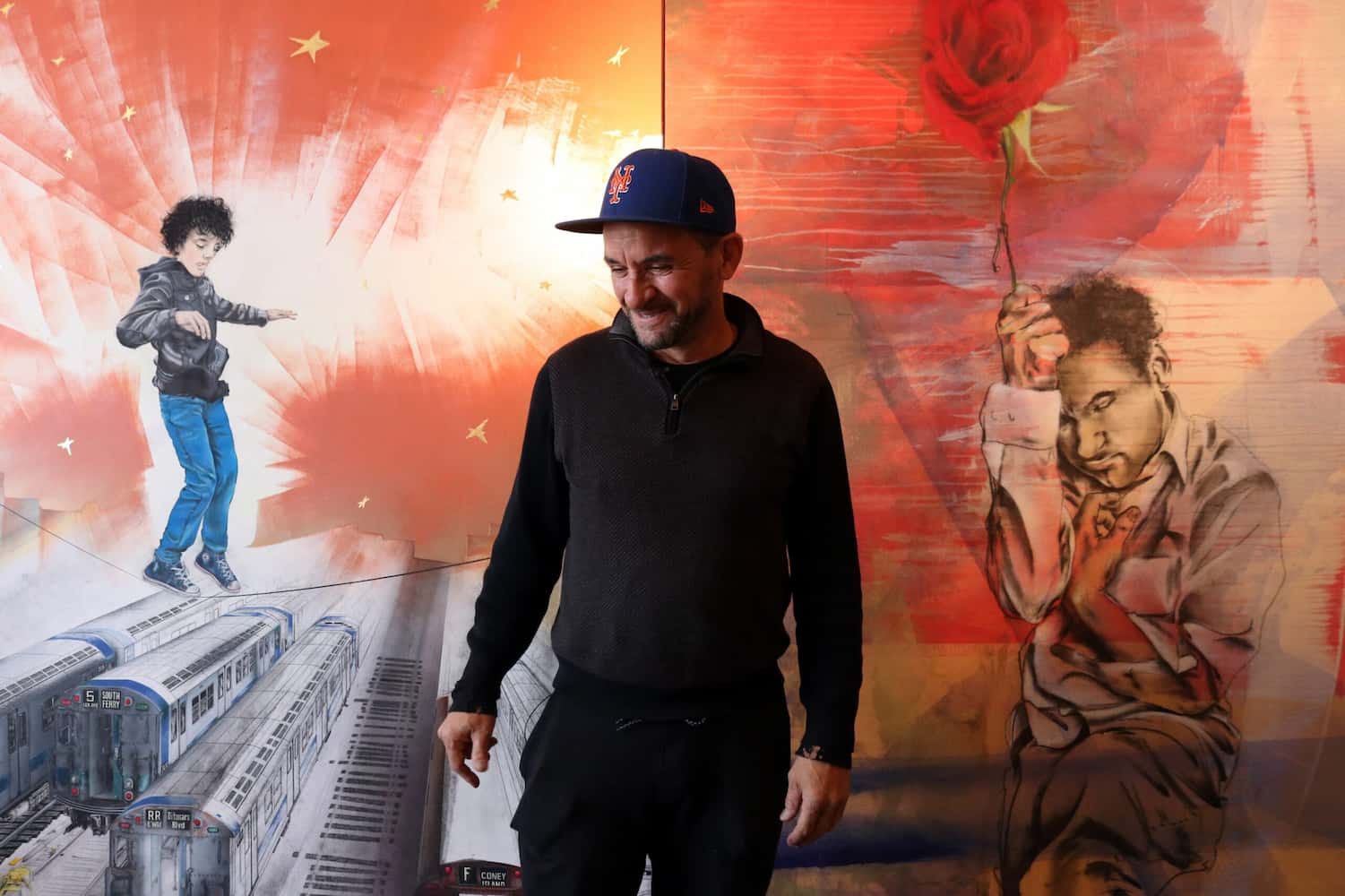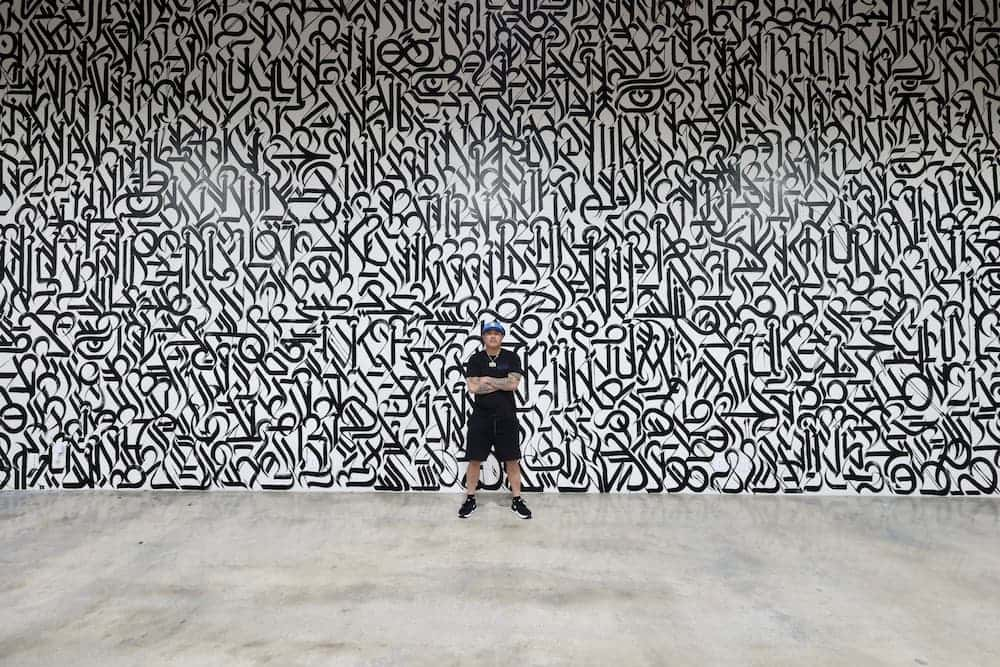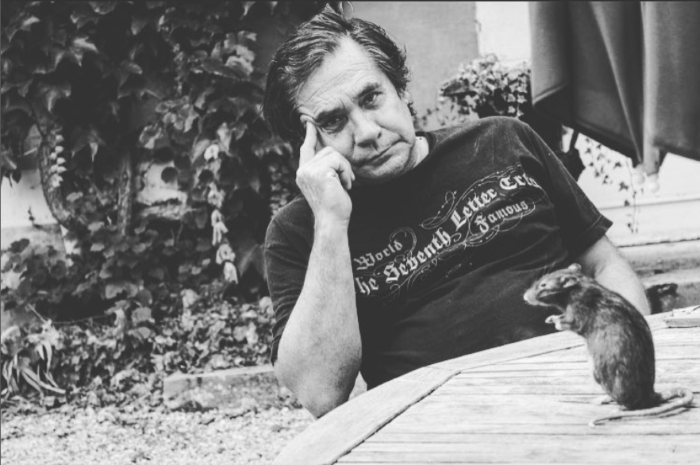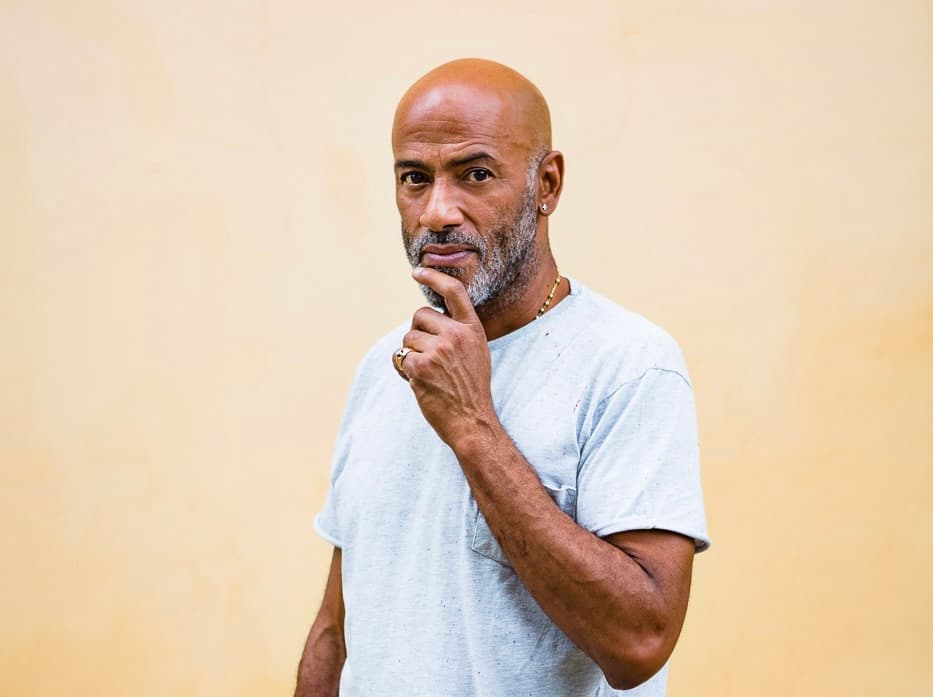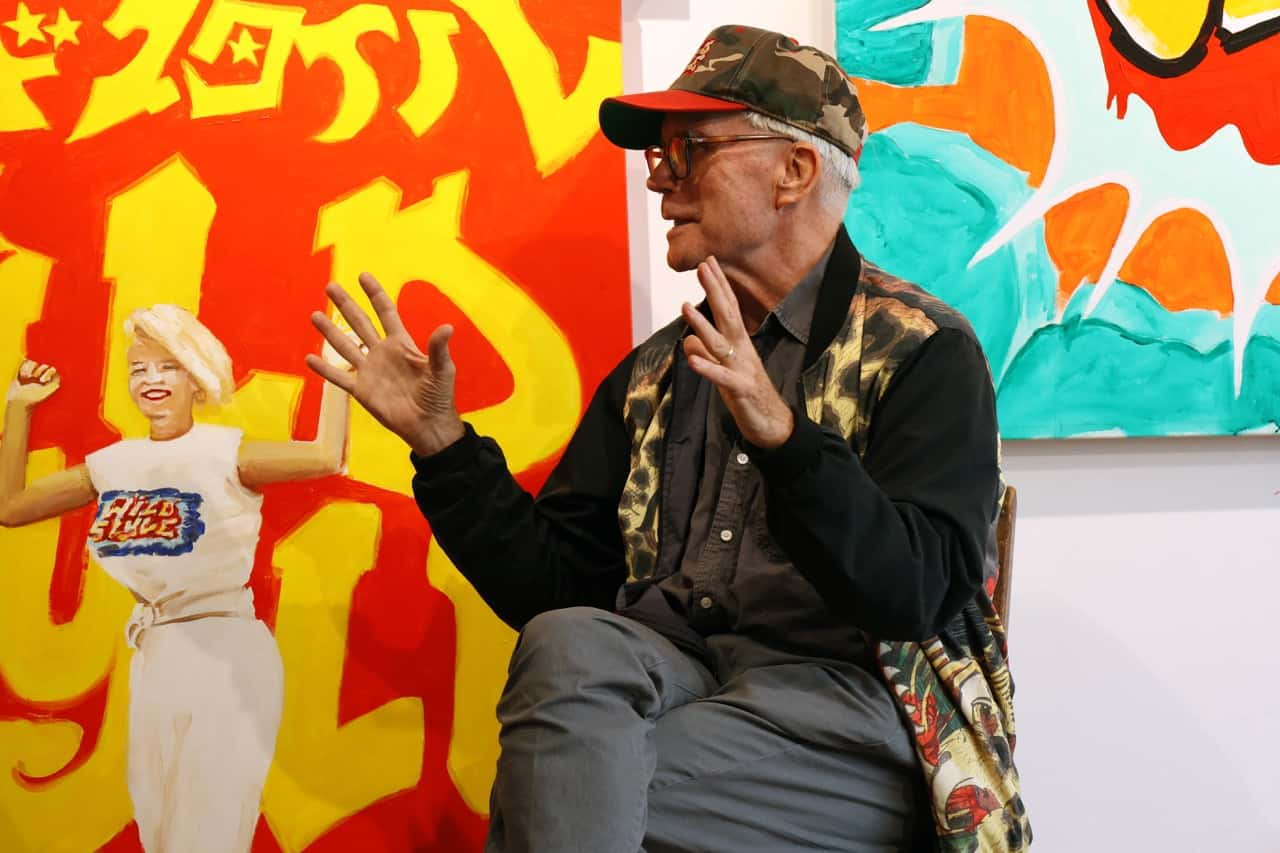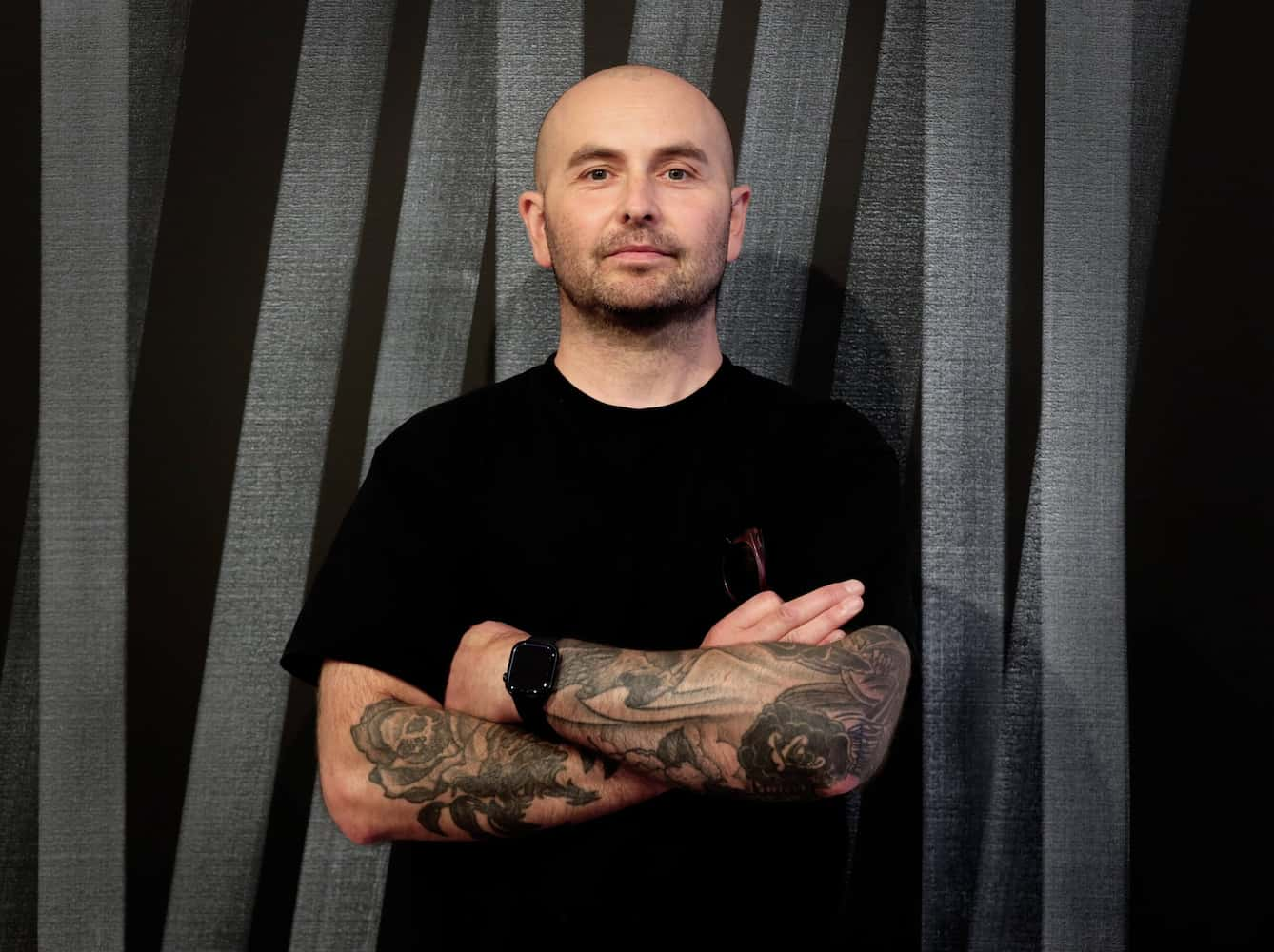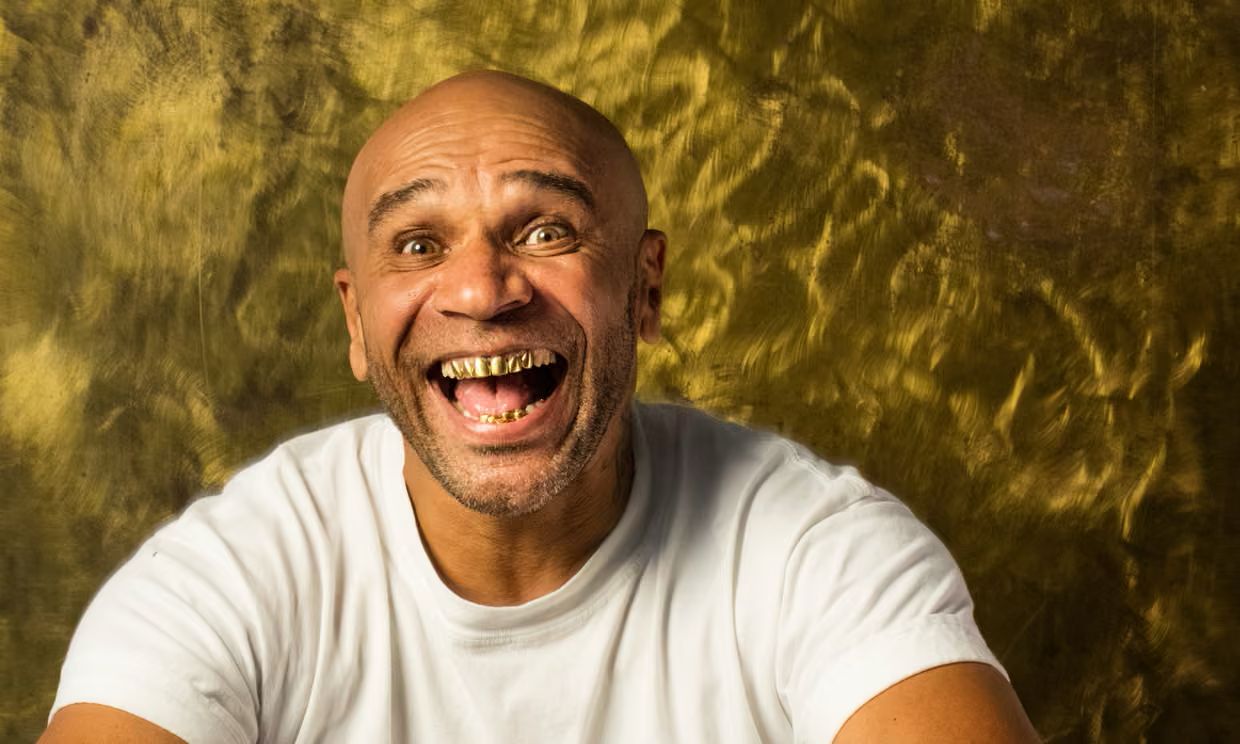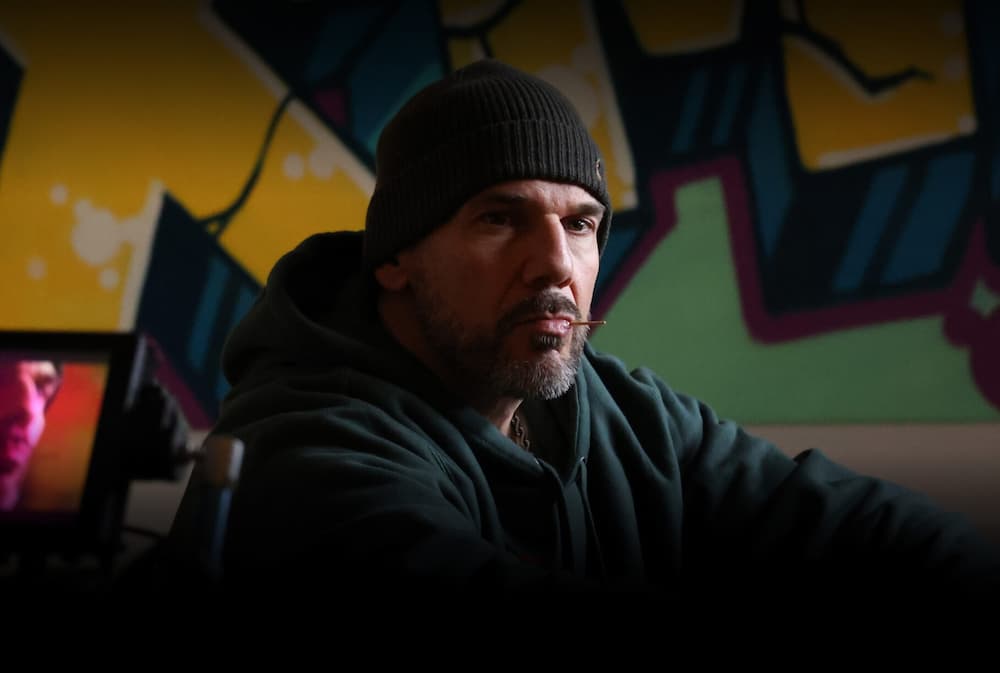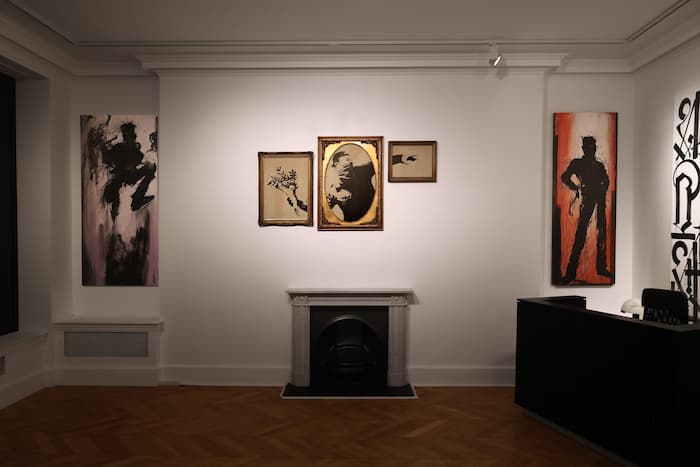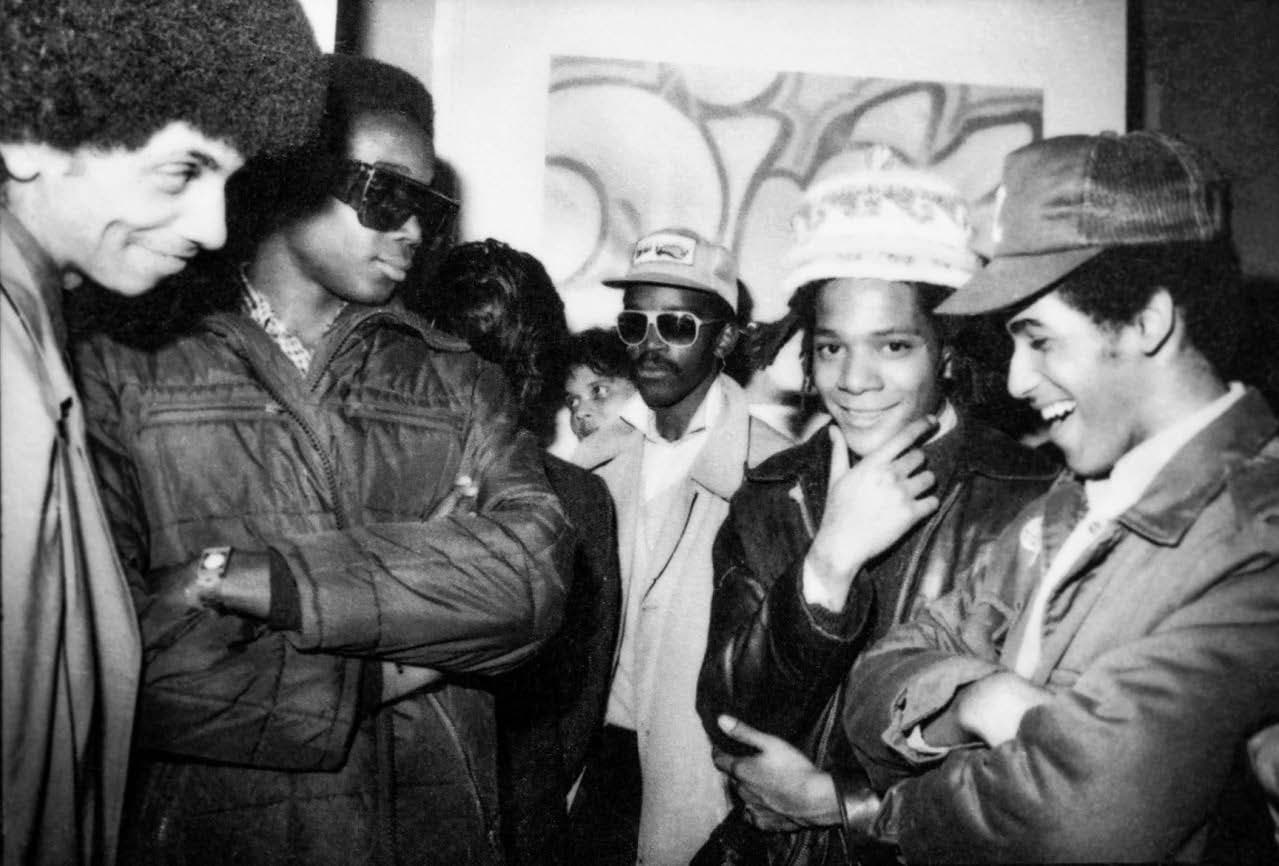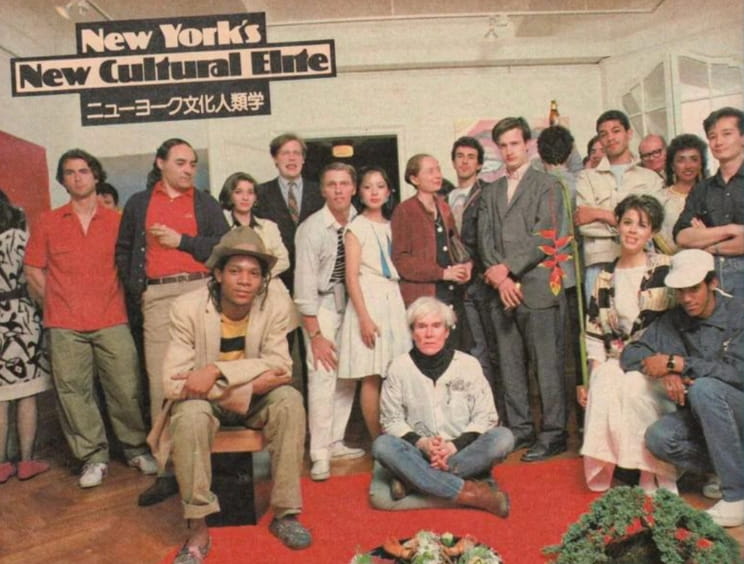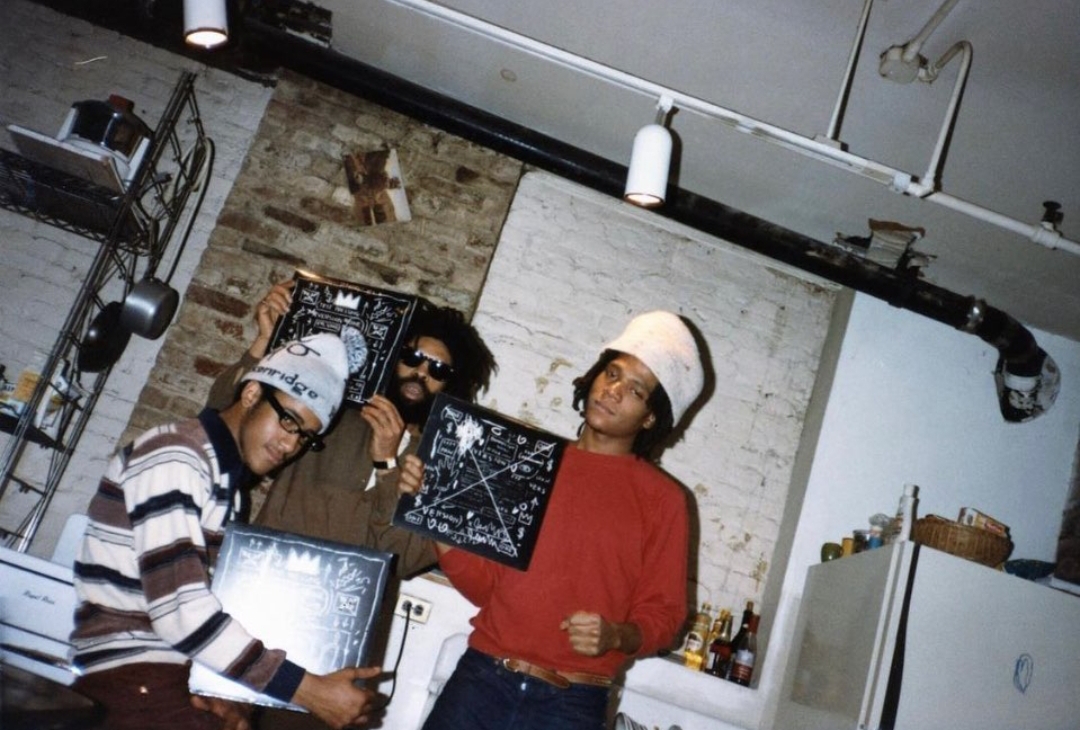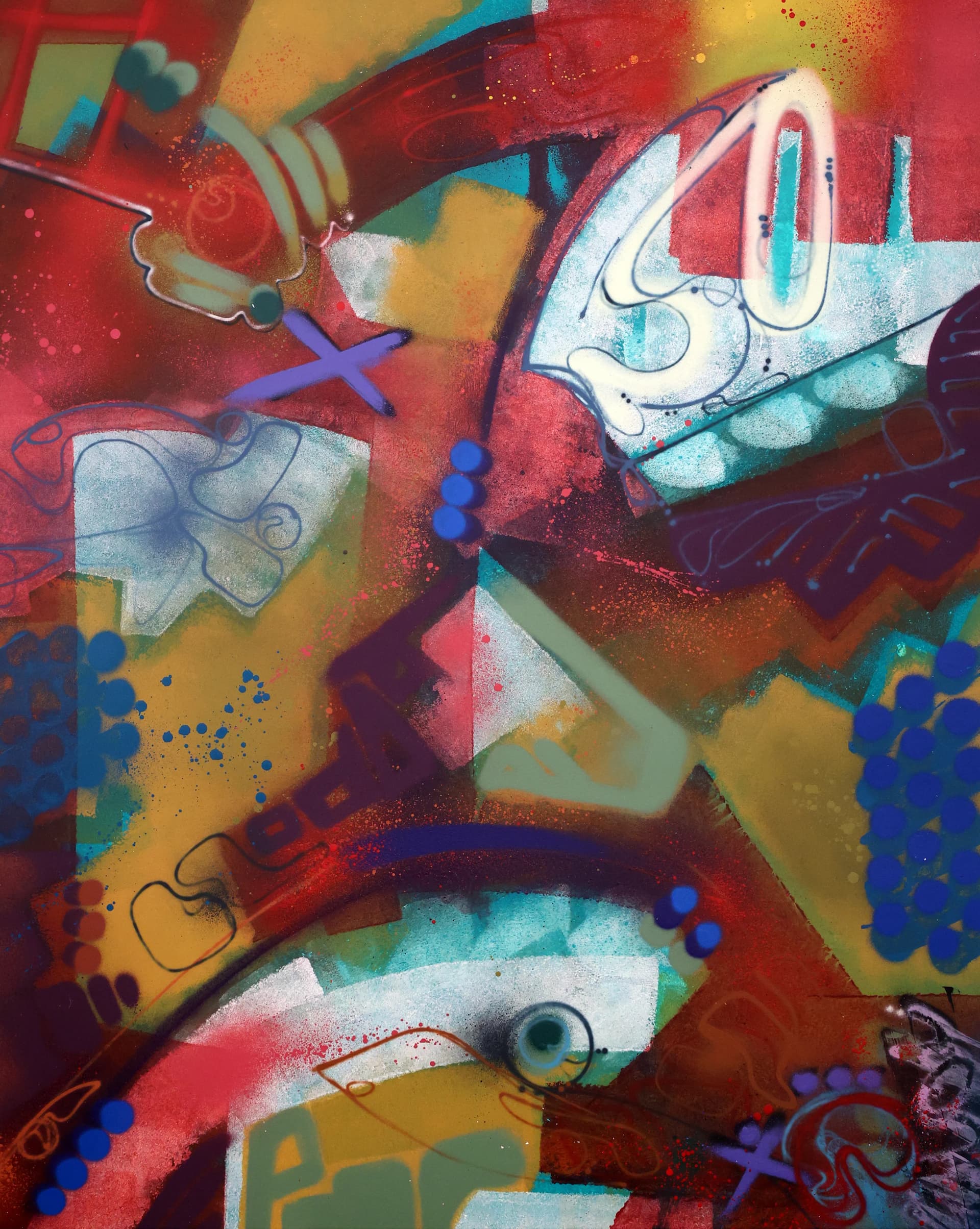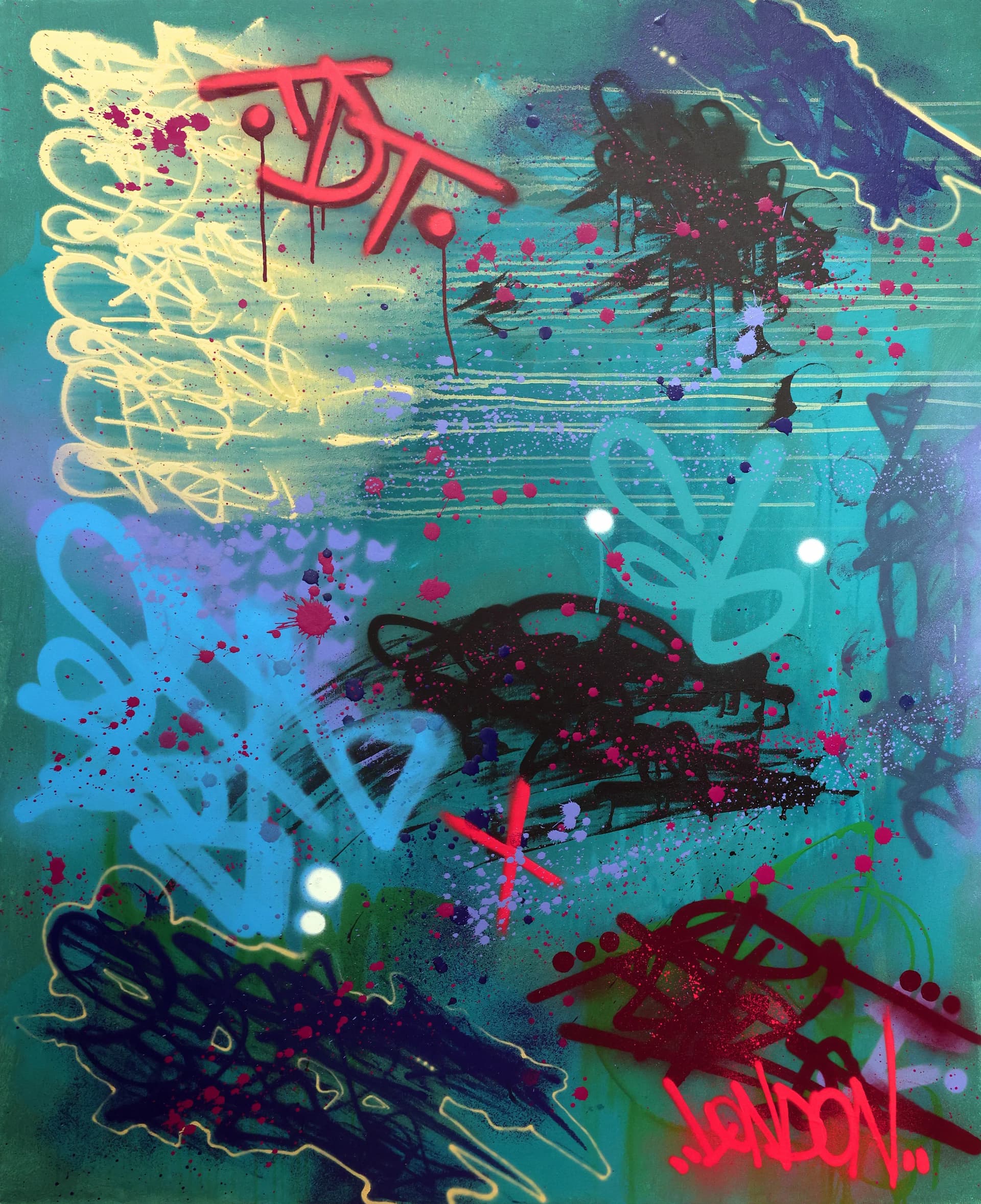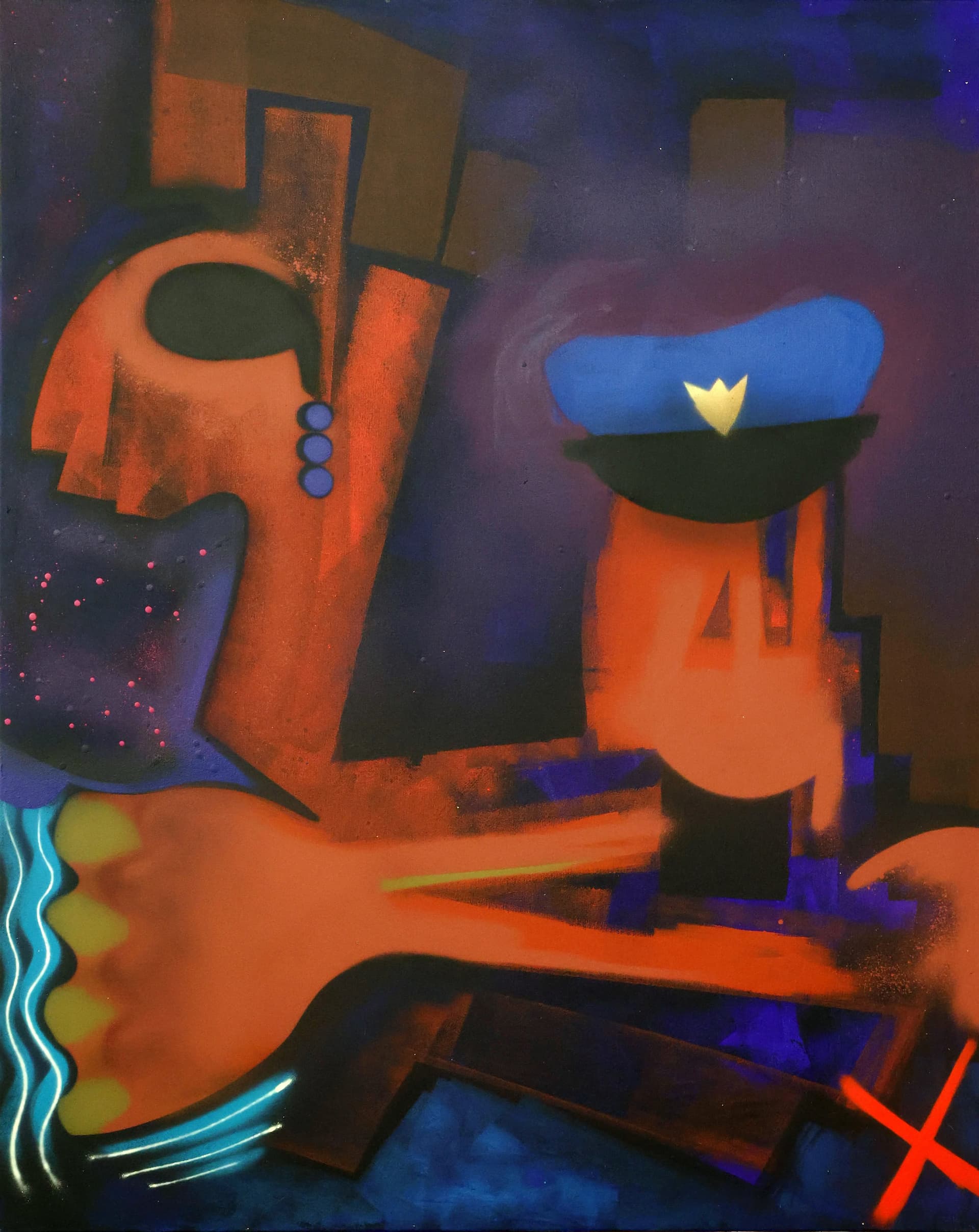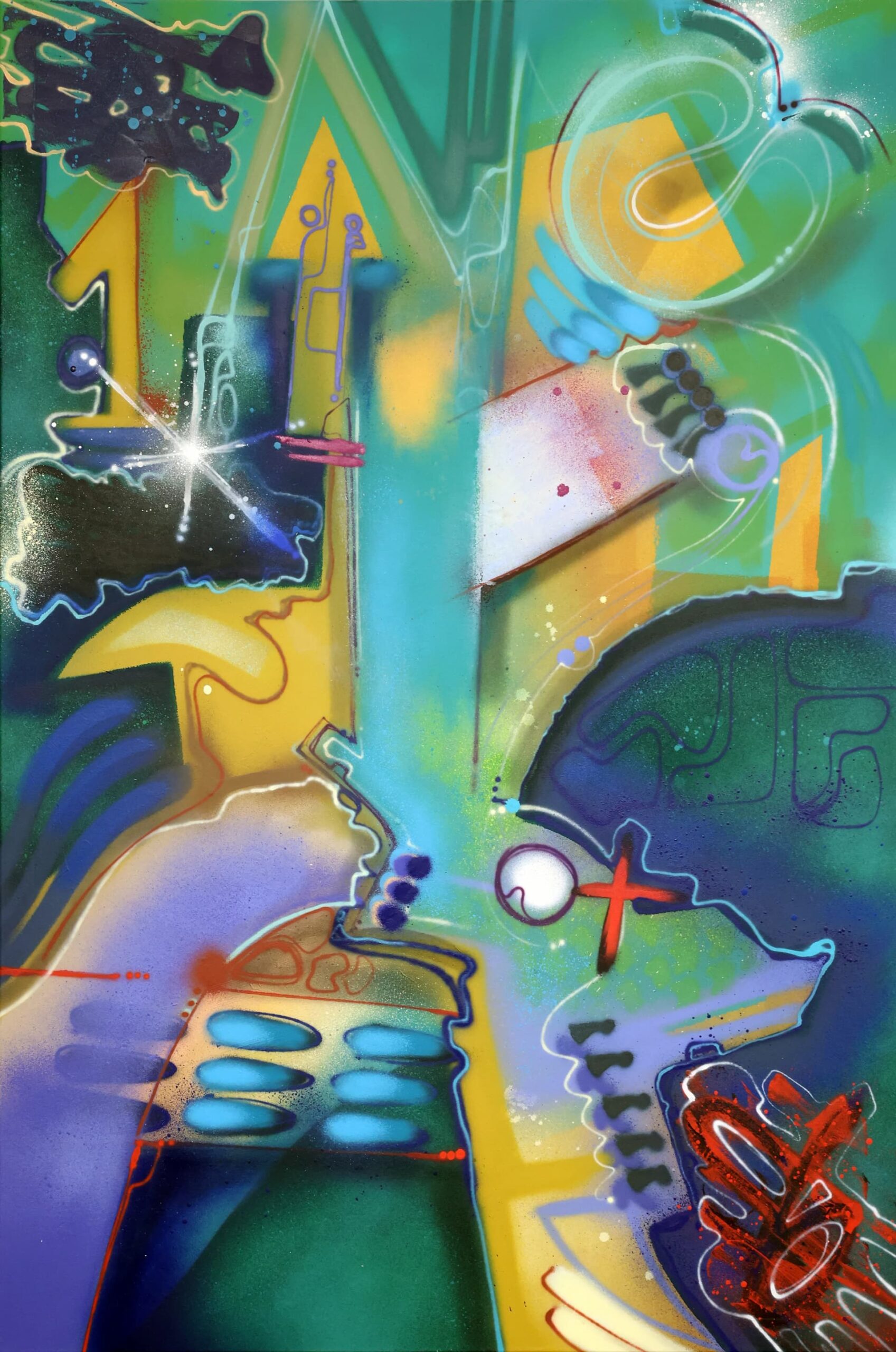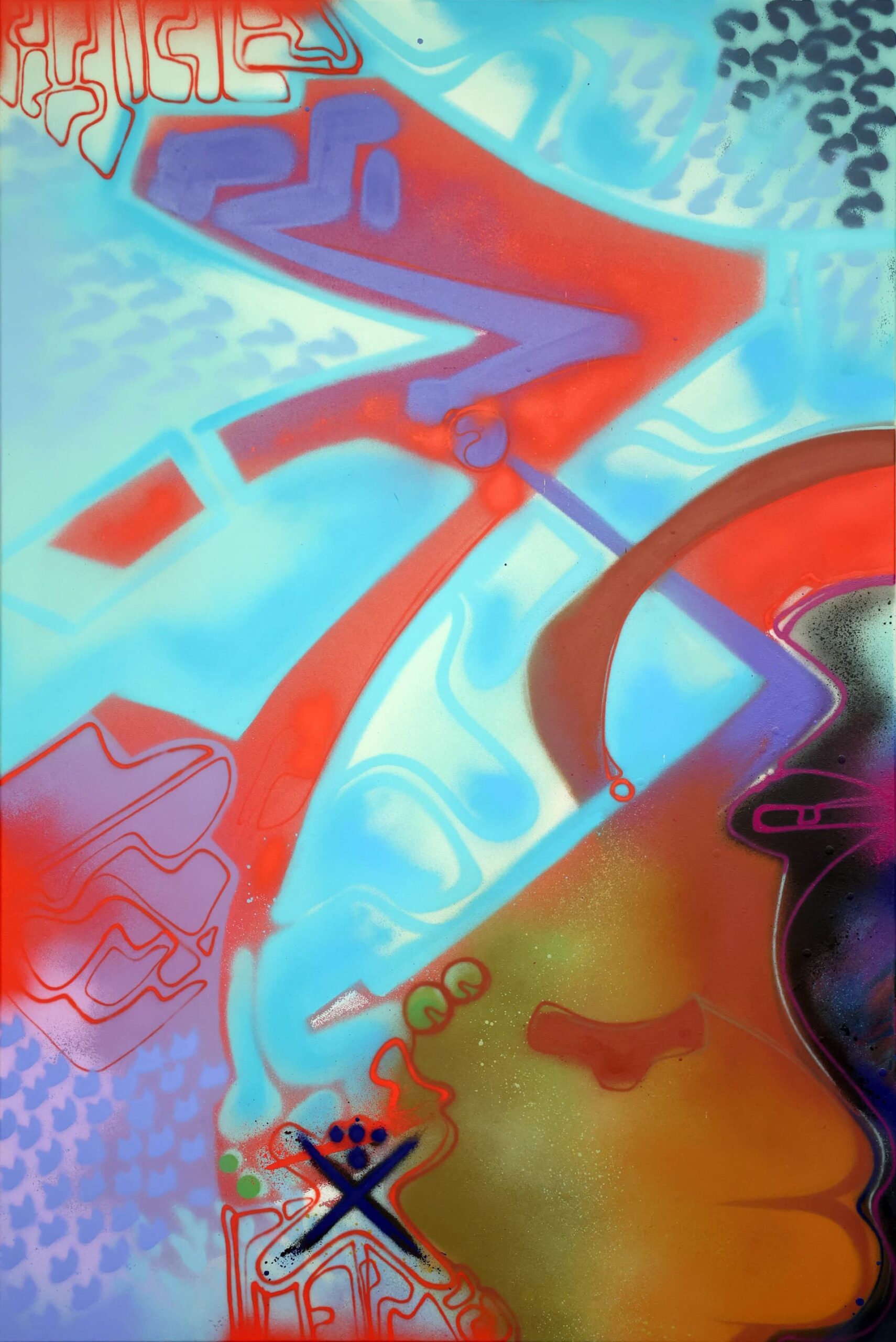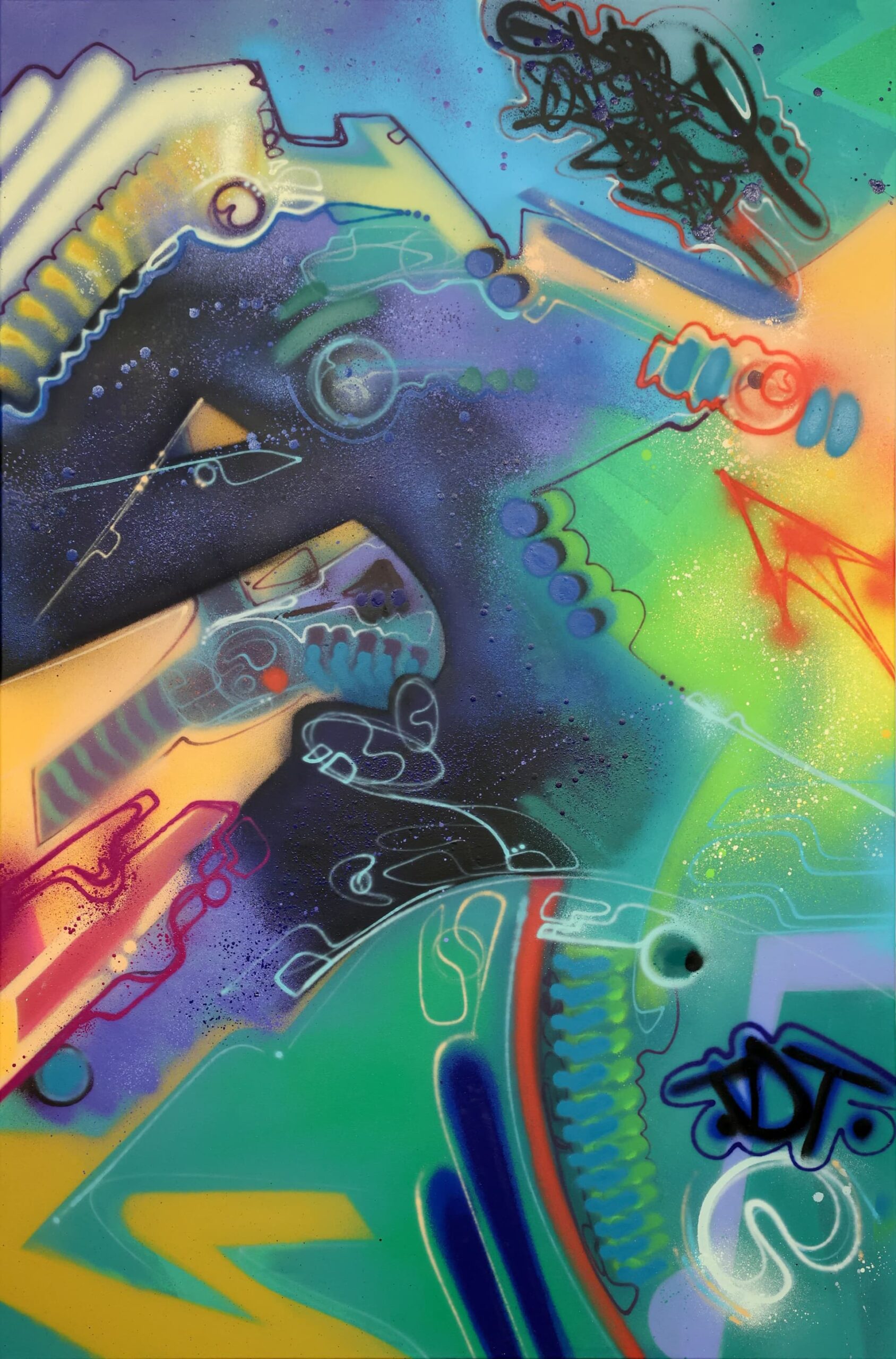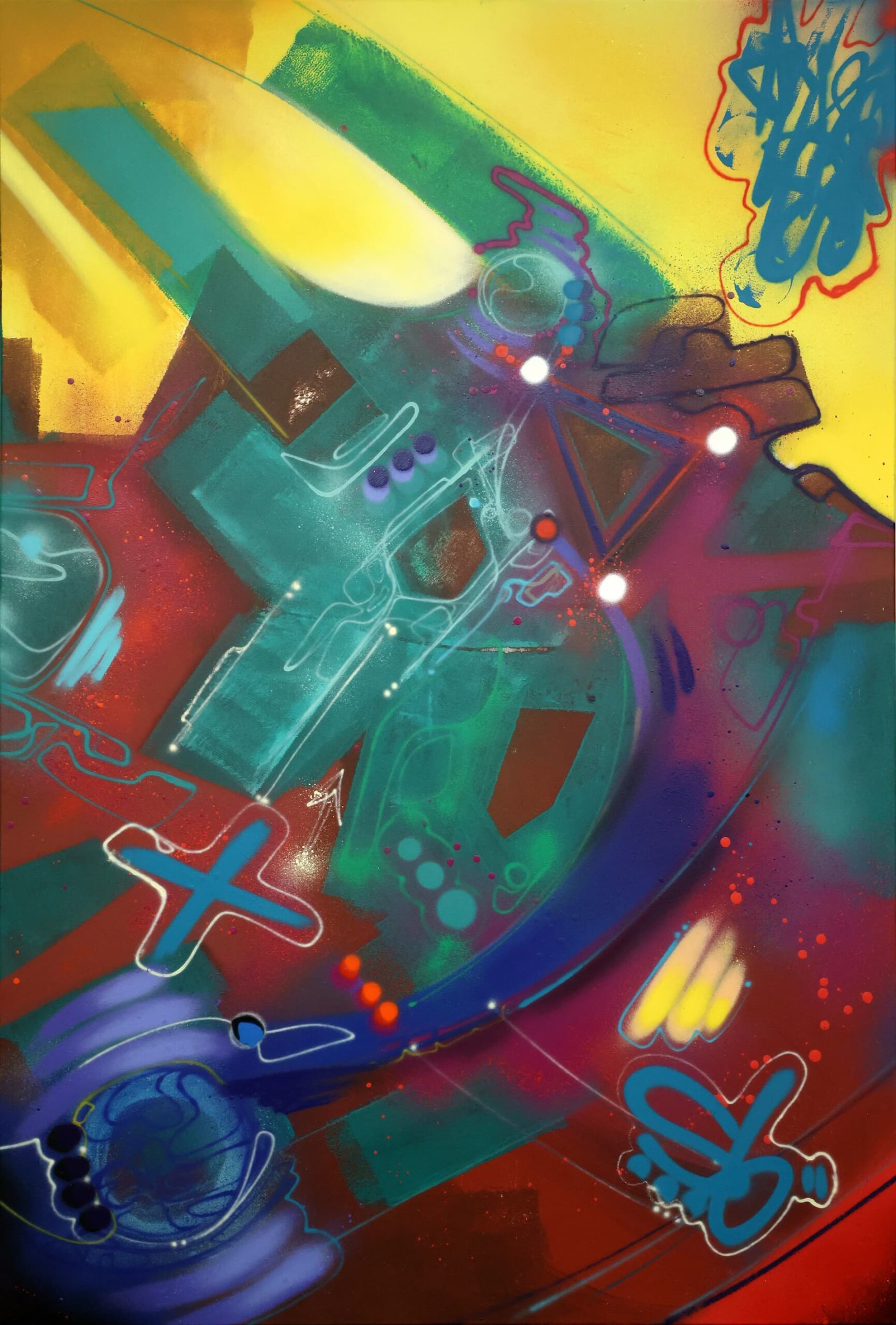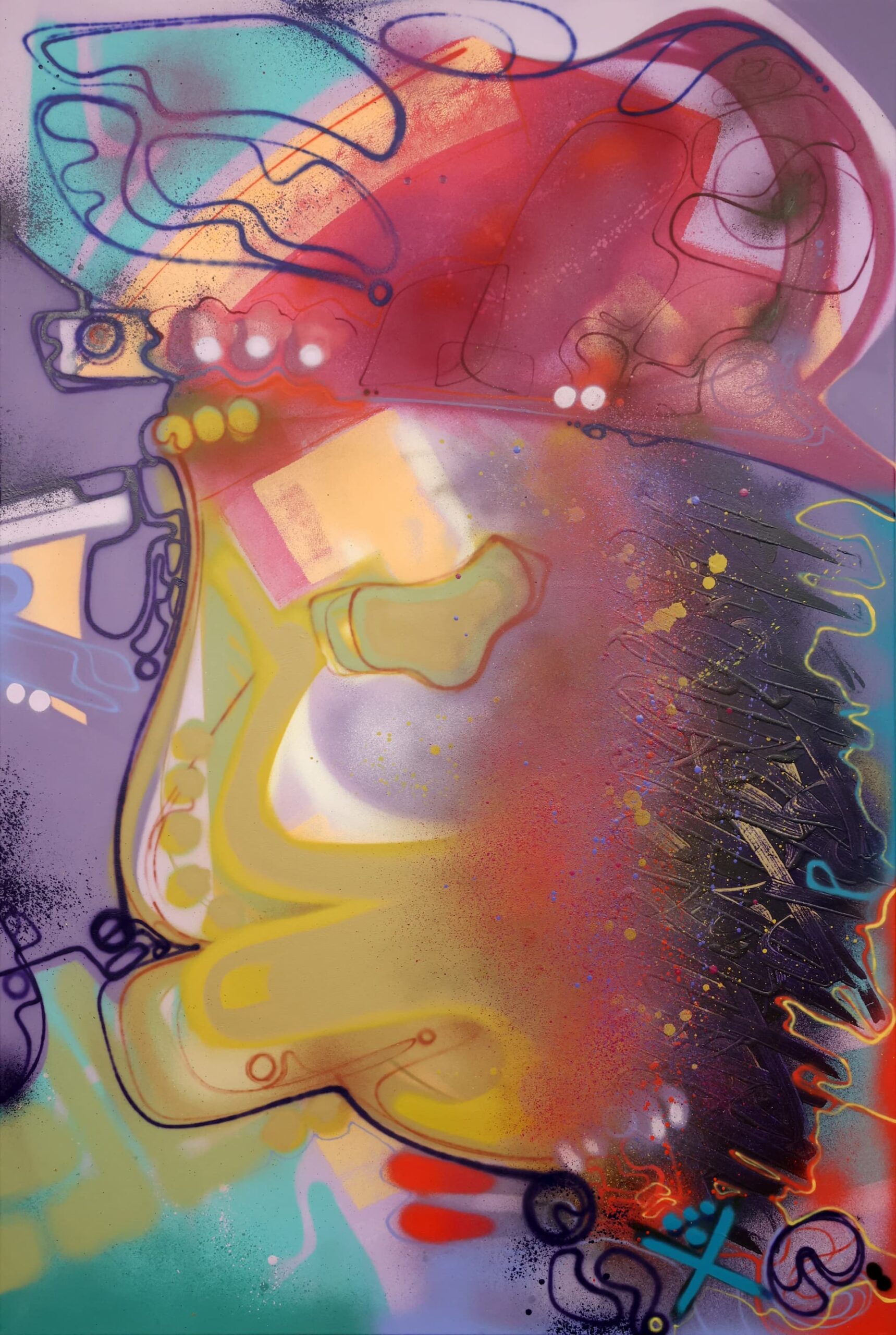TOXIC (b. 1965)
Bronx Graffiti Pioneer, Influential Artist of Tag Master Killers and one of the "West Hollywood Africans"
Torrick Ablack, known professionally as TOXIC, is a seminal figure in the history of graffiti and street art—emerging from the South Bronx during the explosive cultural movement of the 1980s.
Born in 1965 in New York City, TOXIC was raised at the heart of hip-hop’s birth, absorbing the music, energy, and defiant creativity that would define a generation.
From a young age, TOXIC was immersed in all elements of hip-hop culture—DJing, breakdancing, and graffiti. But it was graffiti that ultimately captured his imagination. By the age of thirteen, he was transforming the walls and trains of the Bronx alongside close friends and fellow artists A-One and Kool Koor. His tag, ‘TOXIC’, originated from his boundless energy on the basketball court, where he earned the nickname “Toxic Battery”—a reference to his relentless, electrifying presence. That same energy quickly translated into his artistic style.
A turning point in TOXIC’s development came when he joined the Tag Master Killers (TMK), a legendary graffiti crew led by the visionary Rammellzee. Under Rammellzee’s mentorship, TOXIC was introduced to a new way of thinking—viewing graffiti not just as a form of expression, but as a coded, futuristic visual language. This expanded his understanding of abstraction, symbolism, and the deeper possibilities of urban mark-making.
In 1982, TOXIC’s path shifted again when he met Jean-Michel Basquiat at The Roxy nightclub. The two struck up an immediate creative bond, and Basquiat became both a friend and a catalyst for TOXIC’s transition into the gallery world. Famously, Basquiat once challenged TOXIC by asking:
“But how do you eat with trains?”
The question prompted a new vision—one where graffiti could evolve from the street to canvas, and from subway tunnels to prestigious collections.
In 1983, TOXIC was immortalised in Basquiat’s iconic painting Hollywood Africans, alongside Basquiat and Rammellzee. The work, created during their trip to Los Angeles for an exhibition at Larry Gagosian’s gallery, explored themes of race, identity, and visibility in the art world. Today, Hollywood Africans stands as one of Basquiat’s most celebrated paintings—and a powerful symbol of the artists’ shared vision.
That same year, TOXIC made his official gallery debut in Post-Graffiti, a landmark exhibition curated by Dolores Neumann at the Sidney Janis Gallery. In 1984, his work was introduced to European audiences through Arte di Frontiera: New York Graffiti in Bologna, Italy, curated by Francesca Alinovi. These exhibitions played a vital role in establishing graffiti as a serious and collectable art form, and TOXIC as one of its leading voices.
TOXIC’s style is rooted in the language of graffiti yet infused with dynamic abstraction, rhythmic compositions, and a bold colour palette. His work reflects the energy of the street while engaging deeply with movement, form, and gesture—resulting in canvases that feel alive, urgent, and emotionally charged.
His work is included in major institutions including the Brooklyn Museum, and he has been featured in landmark exhibitions such as Writing the Future: Basquiat and the Hip-Hop Generation at the Museum of Fine Arts, Boston, and City As Canvas at the Museum of the City of New York.
Woodbury House is proud to act as TOXIC’s exclusive gallery partner, continuing to represent and champion his work internationally. As a historically important figure in both street culture and contemporary art, TOXIC remains one of the most sought-after voices from the original 1980s New York graffiti era—bridging the rebellious origins of the movement with its present and future in fine art. Through exhibitions, private placements, and collector guidance, Woodbury House is honoured to curate and protect TOXIC’s legacy—bringing his story and artworks to new audiences and collectors across the world.
To learn more about TOXIC, enquire about available works, or hear about upcoming exhibitions and events, we’d be delighted to connect.
WH. X TOXIC
Previous Events.
‘All Imperfections Included’ by Torrick ‘TOXIC’ Ablack
London
29 Sackville Street, Mayfair
